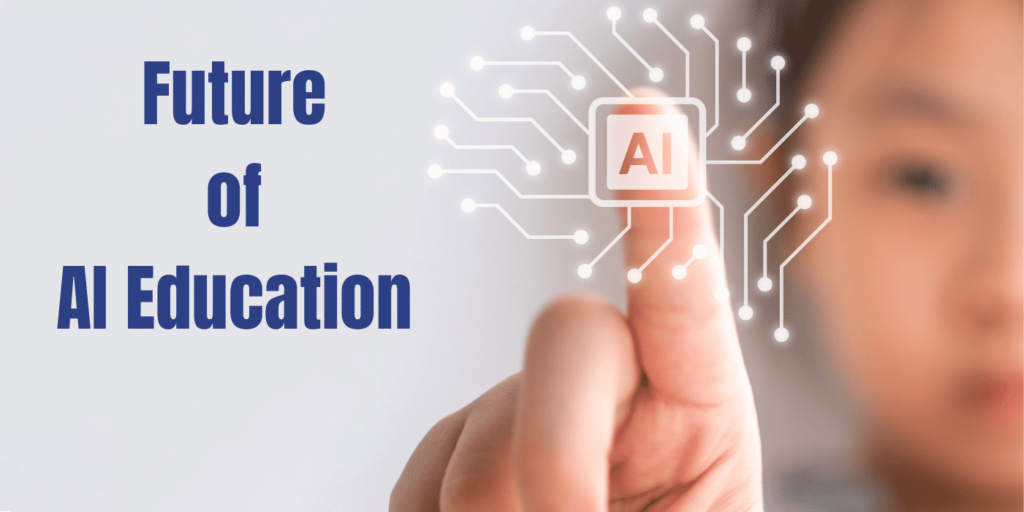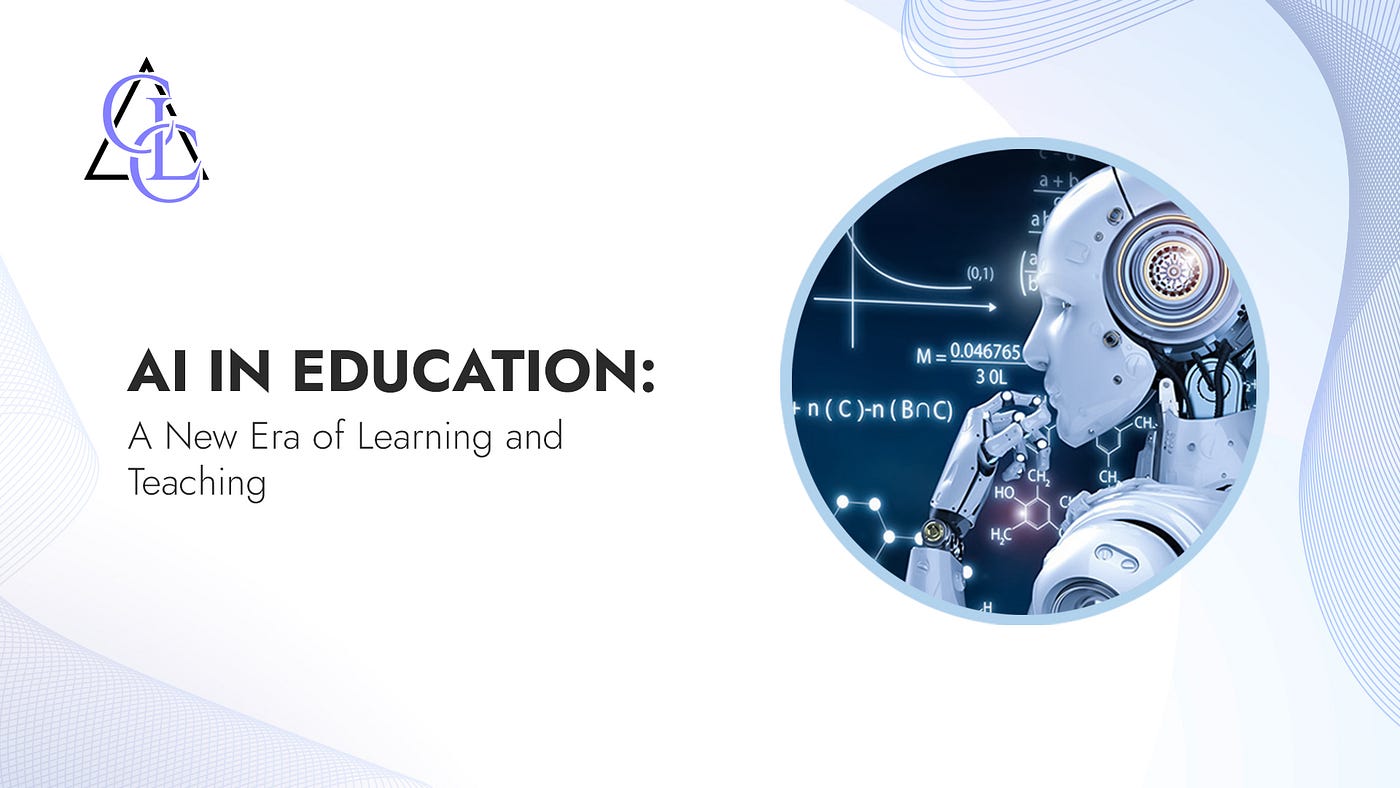Artificial Intelligence (AI) is revolutionizing teaching across assorted domains—from conventional classrooms to online platforms. This transformation is reshaping how students learn and teachers clarify, making the scholastic capability more modified, efficient, and available. Let’s delve into how AI is exchanging the scholastic landscape.
Personalized Learning
AI is enabling highly tailored learning experiences for each student. By analyzing individual performance data, AI can recognize students’ needs and adapt to their education pace. Here’s what modified knowledge academic by AI looks like:
- Adaptive Quizzes: Adjust difficulty based on student responses.
- Custom Study Plans: Tailored to address specific strengths and weaknesses.
- Real-Time Feedback: Instant responses to student inputs.
- Personalized Content Recommendations: Suggestions established on education favorites and progress.
Students benefit from the skill to learn at their own pace and concentration on areas where they need the best development, leading to better learning outcomes and increased self-confidence.
Intelligent Tutoring Systems
AI-motorized tutoring systems are accessible around the clock, providing support without tiredness. These systems leverage:
- Natural Language Processing (NLP): To understand and respond to student inquiries.
- Machine Learning: To adapt to individual learning styles and needs.
- Data Analytics: To predict and address potential areas of struggle.
These tutors can answer questions, simplify complex topics, and predict difficulties, offering a personalized educational support experience.
Streamlined Administrative Tasks
Instructors have a share on their plates. AI is helping lighten the load. It is taking over routine tasks. This gives teachers more time to teach. Here is how:
- Automated grading
- Attendance tracking
- Scheduling assistance
- Performance analytics
With these tasks handled, teachers can focus on what matters most: teaching.
Enhanced Accessibility
AI is making education more accessible. It is breaking down barriers. It is introductory doors for students with unusual requirements. Here is how:
- Language translation for non native speakers
- Customized learning paths for students with learning disabilities
Education is becoming more inclusive. AI is making this possible.
Data-Driven Insights
AI is a powerful utensil for data examination. It can process massive quantities of information rapidly. This gives educators valuable insights. They can:
- Identify struggling students early
- Spot trends in learning patterns
- Measure the effectiveness of teaching methods
- Predict student outcomes
These insights lead to better decision making. They support progress the total worth of education.
Immersive Learning Experiences
AI is improving knowledge through Virtual Reality (VR) and Amplified Reality (AR):
- Exploring Ancient Civilizations: Through interactive simulations.
- Virtual Dissection: Examining organisms in a digital environment.
- Simulated Experiments: Conducting experiments virtually.
- Remote Exploration: Visiting distant locations without leaving the classroom.
These immersive experiences make learning engaging and simplify complex concepts.
Global Collaboration
AI is fostering global connections by:
- Cross-Cultural Learning
- International Research Partnerships
- Diverse Perspectives
- Best Practice Sharing
AI is making the world a global classroom.
Challenges and Considerations
Despite its benefits, AI in education also presents challenges, including:
- Data privacy and security
- The digital divide
- The need for human interaction
- Ethical use of AI in education
Addressing these problems is crucial for exploiting the profits of AI in learning.
The Future of AI in Education

The upcoming holds exciting opportunities for AI in teaching, such as:
- AI-Generated Curriculums: Tailored to individual needs and interests.
- Emotion Recognition: Enhancing online learning by understanding student emotions.
- Advanced Predictive Analytics: For more accurate forecasts of student success.
- AI-Powered Career Guidance: Offering modified career guidance based on student profiles.
The possible for AI in teaching is vast, and the upcoming looks promising.
Table: Impact of AI on Education
| Area of Impact | AI Technologies | Benefits | Challenges |
| Personalized Learning | Machine Learning, Data Analytics | Tailored content, Adaptive pacing | Data privacy concerns |
| Intelligent Tutoring | Natural Language Processing, Machine Learning | 24/7 availability, Instant feedback | Lack of human touch |
| Administrative Tasks | Automation, Data Analytics | Time saving, Improved efficiency | Initial setup costs |
| Accessibility | Speech Recognition, Text to Speech | Inclusive education, Barrier reduction | Technology access issues |
| Data Determined Insights | Big Data Analytics, Predictive Modeling | Informed decision making, Early intervention | Data interpretation challenges |
| Immersive Learning | Virtual Reality, Augmented Reality | Engaging experiences, Complex concept visualization | Hardware requirements |
| Continuous Improvement | Machine Learning, Data Analytics | Up to date content, Refined methods | Keeping pace with changes |
| Global Collaboration | Cloud Computing, AI Translation | Cross cultural learning, Diverse perspectives | Language and cultural barriers |
| Future Developments | Emotion AI, Advanced Predictive Analytics | Career guidance, Personalized curriculums | Ethical considerations |
Conclusion
AI is reshaping education in profound ways. It is making knowledge more private, accessible and well-organized. The empowering teachers with new tools and insights. It is breaching down boundaries and opening innovative opportunities. The upcoming of education is here and it is motorised by AI. As we transfer onward, we must squash these variations sensibly. We must confirm that AI aids the best comforts of pupils and instructors the same. The AI rebellion in education is just twitch. The superlative is up till now to come.

Bast of luck
Good working
good topic
I read your article is very nice and good information
I read your article is very nice and good information
I read your article is very nice and good information
Nice information